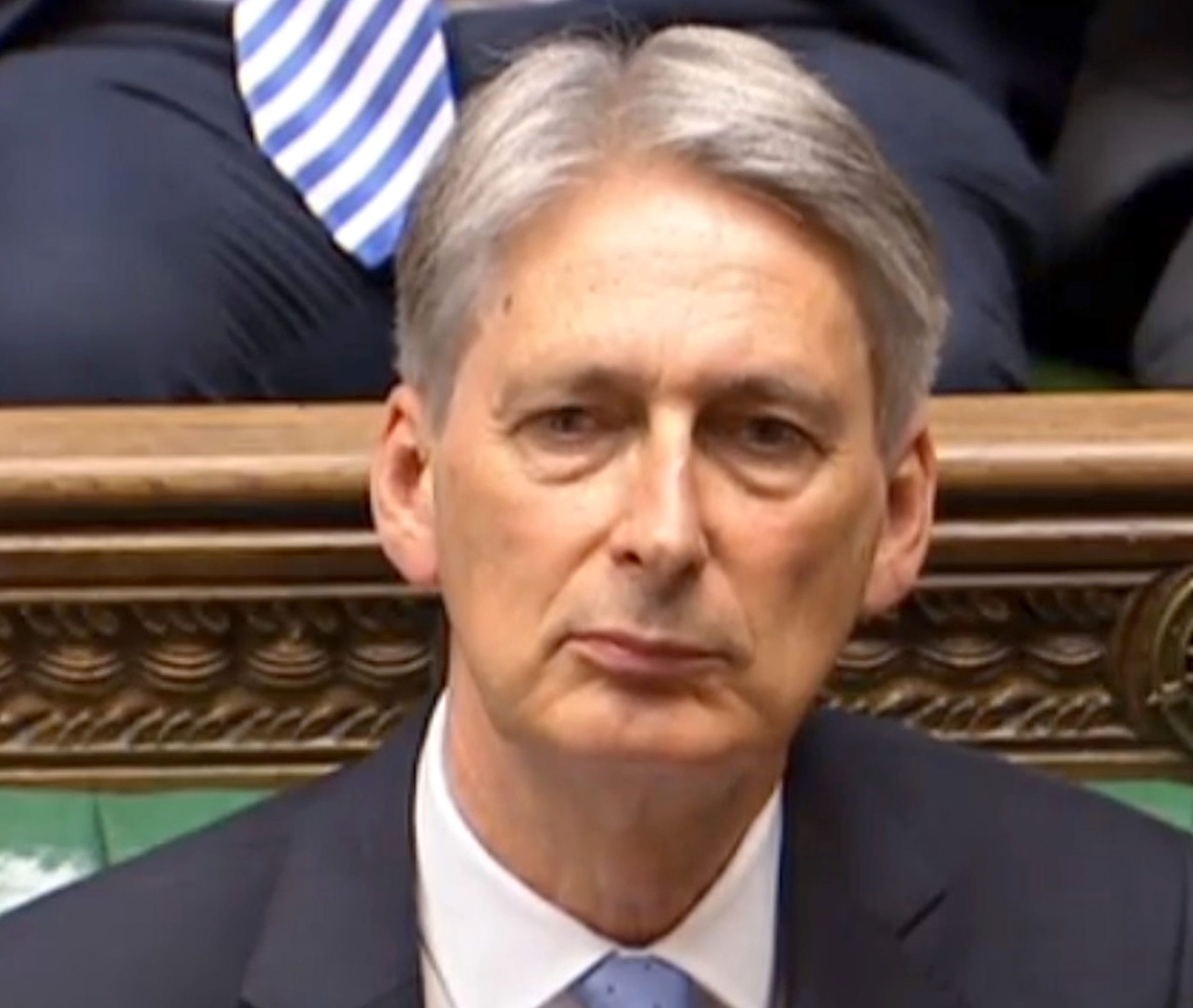
LIFTING the public sector pay cap would only amount to “tinkering” with austerity, a new report has claimed.
A study by the Resolution Foundation insisted that austerity cannot be ended without significant tax rises or higher levels of debt.
While Prime Minister Theresa May has come under pressure from some of her Cabinet colleagues to abandon the 1% wage rise ceiling for workers in the public sector, twice as many people, 11.5 million, are hit by the freeze on working age benefits, the report points out.
The foundation’s investigation states that the public sector workforce faces two “austerity crunches” in the form of shrinking pay packets and a reduced headcount.
By 2020 average wages are set to drop back to 2005 levels, while the number of central and local government workers is due to fall below five million for the first time this century, according to the study.
The cost of ending austerity would be high, the report calculates, as allowing public sector wages to rise in line with private firms from next year would cost £9.7 billion by 2021-22. And letting the workforce increase in line with the general population would cost £11.5 billion over the same period.
Despite the greater number of people affected, unfreezing working age benefits would be less expensive than lifting the pay cap, as it would cost the Treasury £3.6 billion by 2021-22 if the austerity measure was ended from next April.
And reversing cuts to Work Allowances in Universal Credit would cost some £3.2 billion, the report said.
Without such changes, welfare support for working age families is set to be 15% below 2010 levels by 2021-22.
Allowing departmental spending, including public sector pay, to rise in line with GDP growth after the 2020 end of the current spending review would cost £12.3 billion by 2021-22.
And reversing the spending cuts planned for the next two years would need an extra £11 billion worth of funding.
Chancellor Philip Hammond has limited room for manoeuvre to end austerity because if he uses the £30 billion buffer reserves in his fiscal mandate of getting structural borrowing to below 2% of GDP by 2020-21, it would mean borrowing around £100 billion more over the next four years and set Britain on course for debt levels to remain above 60% past 2040, the study said.
However, reversing planned tax cuts, including for corporation tax, would give the Chancellor an extra £2.6 billion by 2021-22.
And freezing a range of tax thresholds on income tax and National Insurance would bring in £12.5 billion over five years.
This form of “aggressive fiscal drag” would be progressive with 78% of the money collected coming from better-off households, the report notes.
Chief economist at the foundation, Matt Whittaker, said: “The shock election result has led politicians from all parties to question whether the public have grown tired of austerity.
“Seven years on from then chancellor Osborne’s first emergency Budget, it’s no surprise that squeeze fatigue has set in.
“But recognising that fatigue is very different to doing something about it. If we want a serious discussion on ending austerity, we need to get serious about prioritising what spending we really want to see rise and how we want to pay for it – and that means tax rises for most of us.
“The Chancellor can start by cancelling unneeded corporation tax cuts.
“But if he wants to raise serious revenues despite the challenges of having a minority Government, which the Office for Budget Responsibility may force him to irrespective of plans to end aspects of austerity, then he could look at freezing tax thresholds, which could raise up to £12.5 billion.”

Enjoy the convenience of having The Sunday Post delivered as a digital ePaper straight to your smartphone, tablet or computer.
Subscribe for only £5.49 a month and enjoy all the benefits of the printed paper as a digital replica.
Subscribe